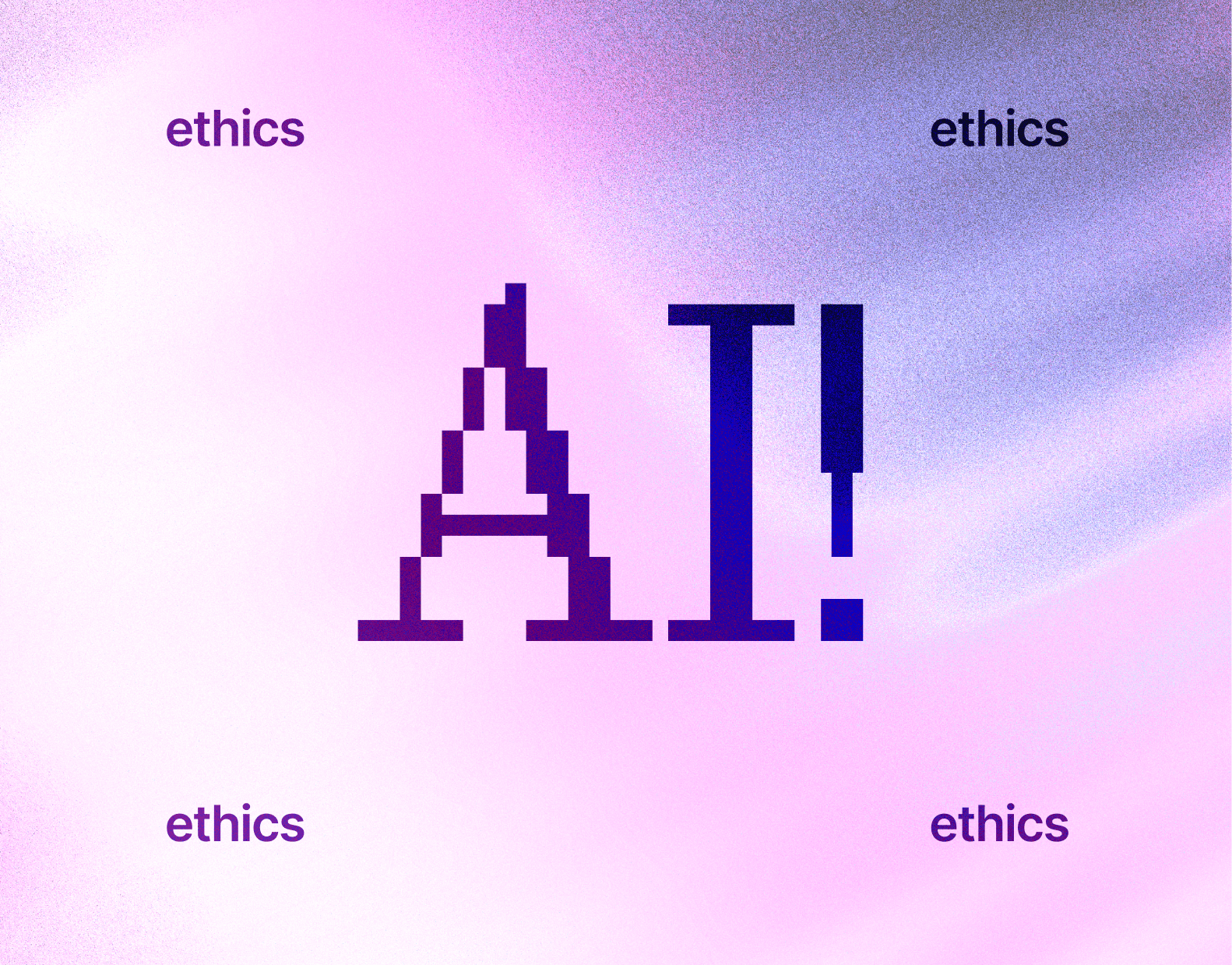The Promise of AI in Graphic Design
AI has revolutionized graphic design, offering tools that can enhance creativity, streamline workflows, and produce stunning visuals with ease. From generating complex patterns to automating tedious tasks, AI can be a designer's best friend. However, like any powerful tool, it comes with responsibilities.
Copyright and Theft: Navigating Legal Waters
One of the most pressing ethical concerns with AI in graphic design is copyright infringement. AI algorithms often learn from vast datasets, which include images, designs, and artworks created by countless artists. The problem arises when these algorithms generate new works that closely mimic or directly incorporate existing designs without proper attribution or permission.
Adobe and Licensed Stock Images
Adobe, for instance, has integrated AI tools into its suite, using licensed stock images to train its algorithms. This approach is more ethical because it respects the rights of original creators and compensates them for their work. When using AI tools, it's crucial to ensure they are built on licensed and credited sources. This not only respects the artists but also maintains the integrity of your designs.
Quality Concerns: Beyond the Surface
AI-generated designs can be visually impressive, but they often lack the depth and nuance that human designers bring to their work. A design is more than a collection of elements; it's an expression of emotion, intent, and context. While AI can assist in creating aesthetically pleasing visuals, it can sometimes produce designs that feel generic or lack a unique voice.
Accessibility: Ensuring Inclusive Design
AI has the potential to make design more accessible, but it requires careful implementation. AI tools should be designed to consider various user needs, ensuring that outputs are inclusive and usable by people with different abilities. This involves using high-contrast colors, scalable text, and supporting screen readers, among other practices.
The Importance of Consent and Attribution
Ethical AI use in graphic design isn't just about avoiding legal pitfalls; it's about respecting the creative community. Using tools that properly credit and compensate artists is essential. This not only fosters a fair ecosystem but also encourages innovation and collaboration.
A Conscious Approach to AI
As designers, we have a responsibility to use AI tools conscientiously. Here are a few guiding principles:
Check the Source: Ensure the AI tools you use are trained on licensed, credited works. Avoid tools that rely on unverified or pirated content.
Respect Originality: Use AI to enhance your creativity, not replace it. Infuse your unique perspective and voice into your work.
Stay Informed: Keep up with the latest developments in AI ethics. Understanding the implications of the tools you use helps you make informed decisions.
Champion Accessibility: Leverage AI to create designs that are inclusive and accessible to all users. Prioritize user experience and usability.
Wrapping Up
AI in graphic design offers incredible potential, but with great power comes great responsibility. By using AI tools ethically, we can create a more respectful, inclusive, and innovative design community. It's about blending the efficiency and capabilities of AI with the creativity, conscience, and empathy of human designers.
So, the next time you incorporate AI into your design process, remember: it's not just about the end result. It's about how you got there, who you honored along the way, and the impact your work will have on the world.

